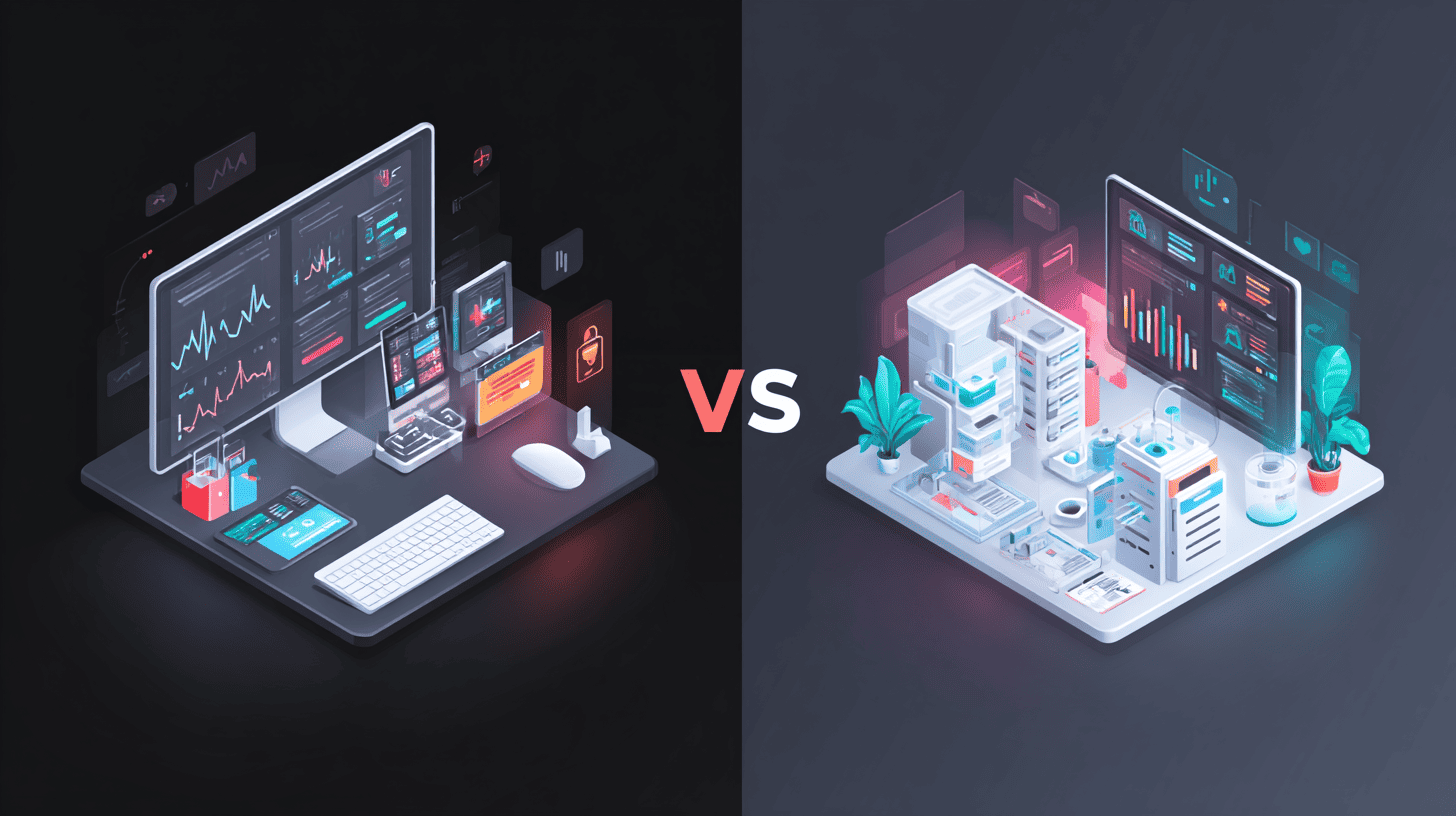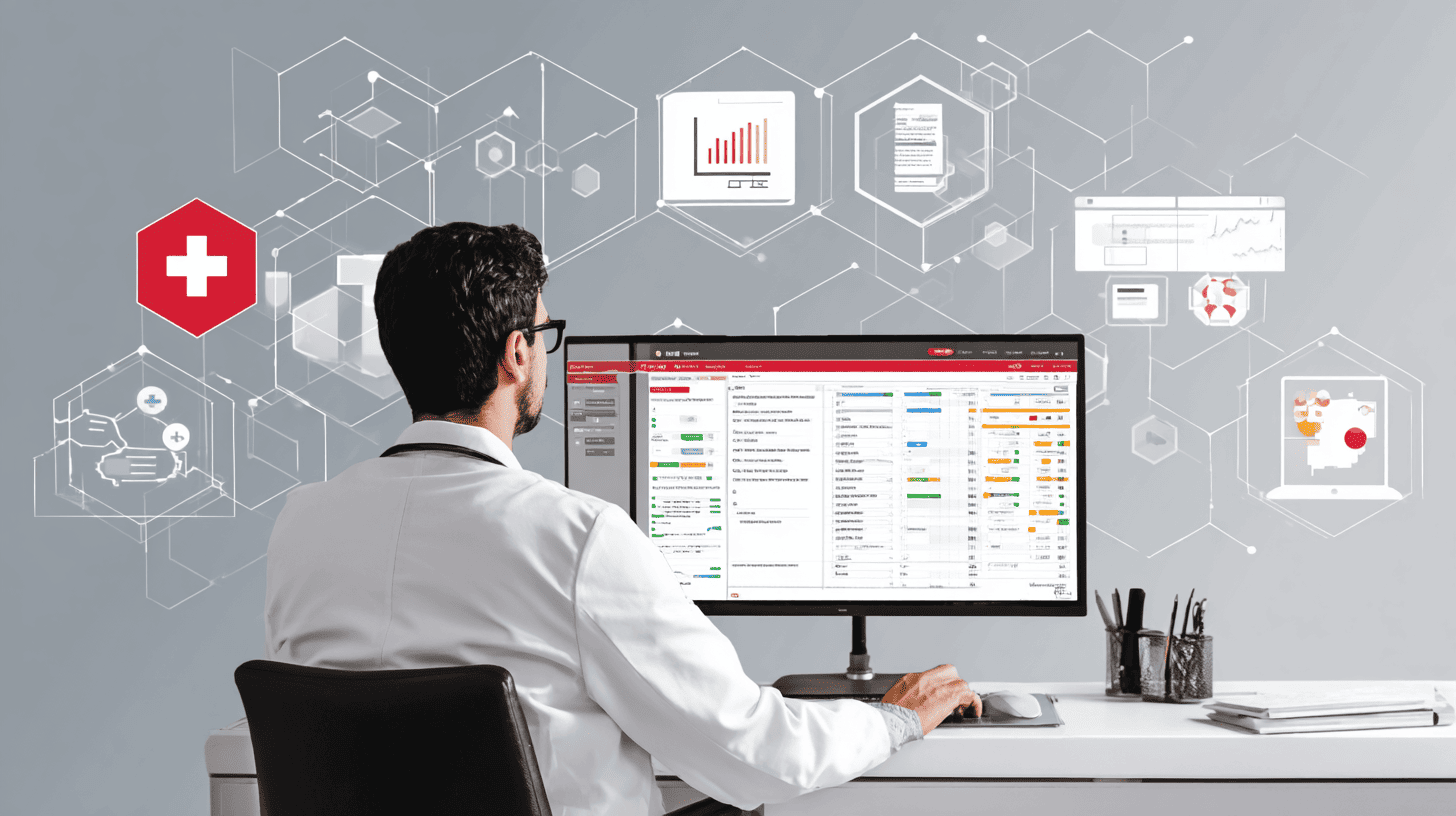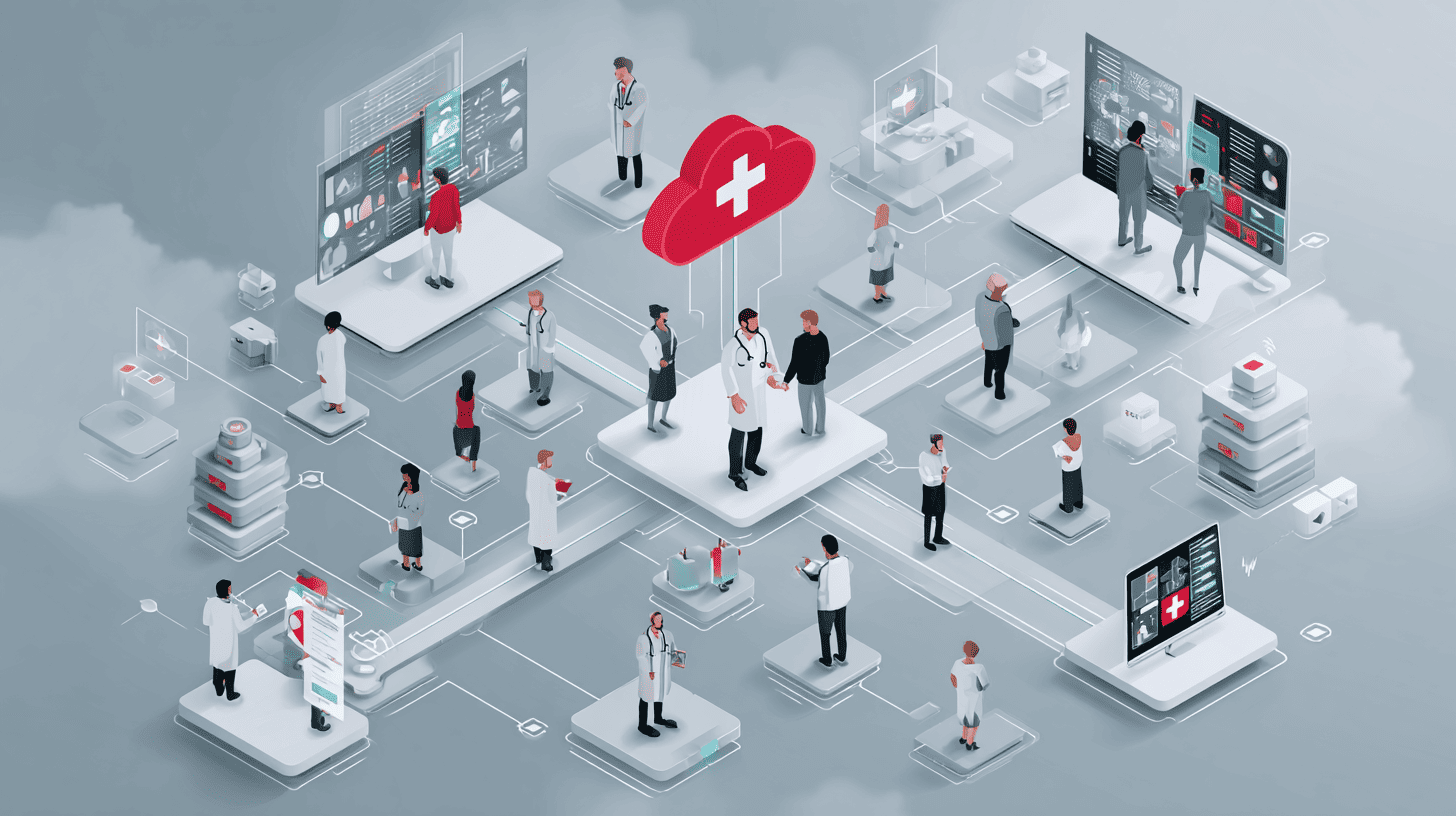Understanding Custom Healthtech Software Development: A Clear Guide
Alexander Stasiak
Oct 08, 2025・8 min read
Table of Content
Introduction to Healthtech Software
What is Healthtech Software?
Importance in Modern Healthcare
Key Components of Development
Essential Features to Consider
Security and Compliance Concerns
Custom vs Off-the-Shelf Solutions
Benefits of Custom Software
Limitations of Prepackaged Software
Development Process Overview
Planning and Requirement Gathering
Design and Prototyping
Future Trends in Healthtech
Emerging Technologies
Potential Challenges and Opportunities
Most healthtech solutions feel like they were made for someone else’s needs, not yours. When off-the-shelf software slows down your team or misses key features, frustration builds fast. Custom healthtech software development services offer a way to build tools that fit your exact workflow and patient care demands. This guide will show you how tailored software can make your work smoother and more effective.
Introduction to Healthtech Software

Healthtech software has become an essential companion in the modern medical world. It's more than just code; it's about improving how healthcare operates every day.
What is Healthtech Software?
Healthtech software combines technology with healthcare services. It includes applications that help manage patient records, schedule appointments, or even assist in diagnoses. Think of it as a digital assistant for medical professionals, streamlining tasks that can be time-consuming. With the right software, you can focus more on patient care and less on administrative duties.
Importance in Modern Healthcare
In today's fast-paced world, healthcare needs to keep up. Healthtech software plays a crucial role in this. It provides faster access to patient data, ensuring that you have the information you need right at your fingertips. This quick access can lead to better decision-making and, ultimately, improved patient outcomes. Most people assume healthcare is slow to change, but the truth is, it's rapidly evolving with technology at its core.
Key Components of Development

Understanding the building blocks of healthtech software is vital. Let’s explore what makes it work and why these components matter to you.
Essential Features to Consider
When developing healthtech software, certain features are key. User-friendly interfaces ensure ease of use for both medical staff and patients. Interoperability allows the system to work seamlessly with other software, which is crucial for comprehensive patient care. Imagine a system that updates patient data in real-time, reducing errors and enhancing efficiency.
Security and Compliance Concerns
Security in healthtech software isn't just a bonus; it's a necessity. Protecting patient information is critical, and complying with regulations like GDPR or HIPAA is non-negotiable. Data breaches can be costly, both financially and reputation-wise. By prioritizing security, you safeguard your practice and maintain trust with your patients.
Custom vs Off-the-Shelf Solutions

Choosing between custom and prepackaged solutions can be tough. Each has its own set of advantages and drawbacks. Let’s break it down.
Benefits of Custom Software
Custom software is designed with your specific needs in mind. It adapts to your workflow, not the other way around. This means increased productivity and fewer frustrations. Unlike generic software, custom solutions grow with your practice, allowing you to scale and evolve. The longer you wait to implement a tailored solution, the more opportunities you might miss.
Limitations of Prepackaged Software
Prepackaged software can be a quick fix, but it often lacks flexibility. These solutions typically offer a one-size-fits-all approach, which might not meet all your needs. You might find yourself trying to fit your workflow into their system, rather than the other way around. Imagine trying to fit a square peg into a round hole—frustrating and inefficient.
Development Process Overview
Creating effective healthtech software involves several key stages. Each step is crucial in delivering a product that truly meets your needs.
Planning and Requirement Gathering
The first step is understanding what you need. This involves detailed discussions about your current challenges and how software can address them. Identifying clear objectives and gathering requirements ensures the project starts on the right foot. This stage is about discovery and laying a solid foundation for development.
Design and Prototyping
Next, it's time to bring ideas to life. Design and prototyping involve creating visual representations of the software. This is where you see your vision begin to take shape. Feedback at this stage is vital, as it allows for adjustments before full-scale development begins. It’s like sketching a blueprint before building a house.
Future Trends in Healthtech

Looking ahead, healthtech is poised for exciting changes. Stay informed and be ready to adapt to new advancements.
Emerging Technologies
New technologies are constantly emerging in the healthtech world. Artificial intelligence and machine learning are becoming more prominent, offering innovative ways to enhance patient care. These technologies can analyse vast amounts of data quickly, providing insights that were previously unimaginable. Staying ahead of these trends can give you a competitive edge.
Potential Challenges and Opportunities
With new technologies come new challenges. Adapting to change can be daunting, but it also presents opportunities for growth. Embracing these changes means being prepared for potential hurdles, like integration issues or training needs. But overcoming these challenges can lead to improved services and patient satisfaction. The key insight here is to remain open-minded and adaptable.
Digital Transformation Strategy for Siemens Finance
Cloud-based platform for Siemens Financial Services in Poland


You may also like...

The Role of AI in Healthcare: Simplifying Complex Processes
AI is reshaping the healthcare industry, making complex processes simpler and faster. From early disease detection to personalised treatments, discover how AI is driving efficiency and improving patient outcomes.
Alexander Stasiak
Oct 24, 2025・10 min read

How AI Healthtech Companies Are Changing the Way We Look at Healthcare
AI healthtech companies are redefining how we experience healthcare. From accurate diagnoses to personalized treatments and streamlined hospital operations.
Alexander Stasiak
Oct 23, 2025・12 min read

Understanding Digital Health Business Models: A Straightforward Guide
Digital health is transforming how care is delivered — but without a clear business model, innovation alone isn’t enough. This guide breaks down digital health business models, from subscriptions to B2B, helping you find the right fit for long-term success.
Alexander Stasiak
Oct 22, 2025・10 min read




